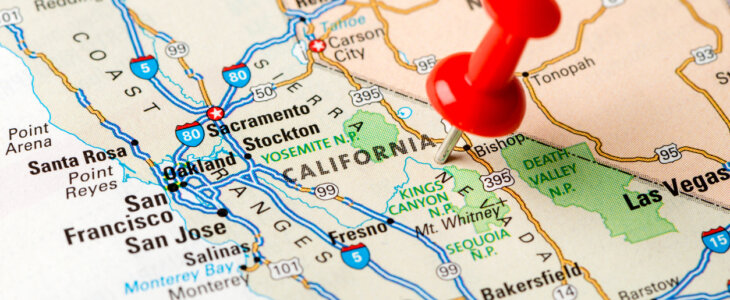If you’ve recently been in a car accident, you might be wondering what kind of insurance rules apply in California. Is this a no-fault state? Who pays for the damage? And what happens if the other driver was clearly at fault?
California is not a no-fault state. That means the person who caused the accident is generally responsible for the damages. This system affects how insurance claims are handled and who can seek compensation after a crash. At Ardalan & Associates, we help you understand your rights and guide you through the claims process.
What Does “At-Fault” Mean in a Car Accident Claim?
In California, we follow an at-fault or fault-based system. This means the driver who caused the accident is legally responsible for covering the costs of injuries and property damage.
If someone hits your car and they’re to blame, you have the right to:
- File a claim with the at-fault driver’s insurance
- Use your own insurance (if you have certain coverages) while the claim is being processed
- Take legal action if the insurance payout isn’t fair or the driver is uninsured
The process often starts with insurance companies reviewing the facts to figure out who was responsible. That includes looking at police reports, witness statements, and any available photos or video. Once fault is determined, the at-fault driver’s insurance company is expected to pay for your losses.
How Fault Affects Your Compensation
Fault doesn’t just determine who pays—it also affects how much you can recover. In an at-fault claim, you may be able to recover compensation for:
- Medical expenses
- Lost wages
- Car repairs or replacement
- Pain and suffering
But keep in mind, you have to prove that the other driver caused the crash. And if you were partially at fault, California uses a rule called comparative fault. That means your compensation can be reduced based on your share of the blame.
For example, if your damages total $50,000 but you’re found to be 20% at fault, you may only recover $40,000. That’s why the evidence in your case—and how it’s presented—can make a big difference.
Does California Ever Use No-Fault Rules?
Even though California isn’t a no-fault state for car accidents, there are a few areas where no-fault principles still apply.
For instance:
- Medical payments coverage (MedPay): This is optional insurance you can add to your policy. It pays for your medical bills no matter who caused the crash.
- Uninsured/underinsured motorist coverage: This kicks in when the at-fault driver doesn’t have enough insurance—or any insurance at all.
- Workers’ compensation: If you’re hurt in a car accident while working, that claim goes through a no-fault system.
That said, these aren’t a substitute for the at-fault system. They can help with upfront costs, but they don’t change the fact that the other driver may still owe you compensation if they caused the accident.
Why Working With a Personal Injury Lawyer Can Help
Dealing with the insurance process after a car accident can be frustrating. At Ardalan & Associates, we help you:
- Gather the evidence needed to prove fault
- Communicate with insurance adjusters
- Understand your coverage and claim options
- Make sure you don’t accept a lowball settlement
- Prepare your case for court, if necessary
You shouldn’t have to fight for fair treatment while you’re recovering. We can take that pressure off your shoulders.
Contact Our Experienced Southern California Car Accident Attorneys
California follows an at-fault system, which means the driver who caused the crash is the one responsible for paying for the harm they caused. That rule affects how you file a claim and how much you can receive. If you were hurt in a crash and aren’t sure what to do next, we’re here to help. We’ll explain your options clearly, protect your rights, and fight for the compensation you deserve. Reach out to Ardalan & Associates for a free consultation.

